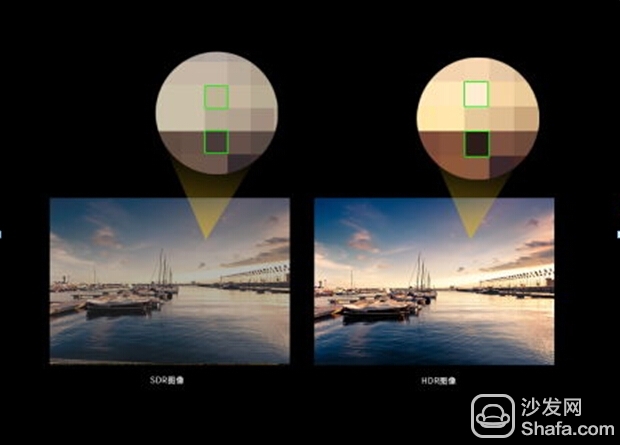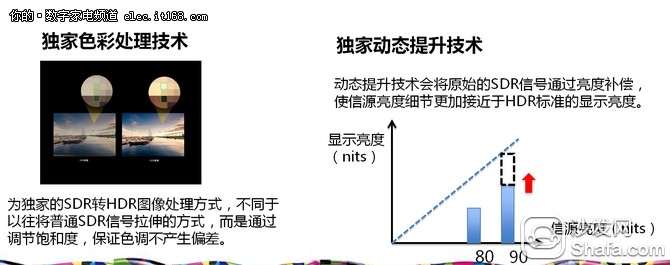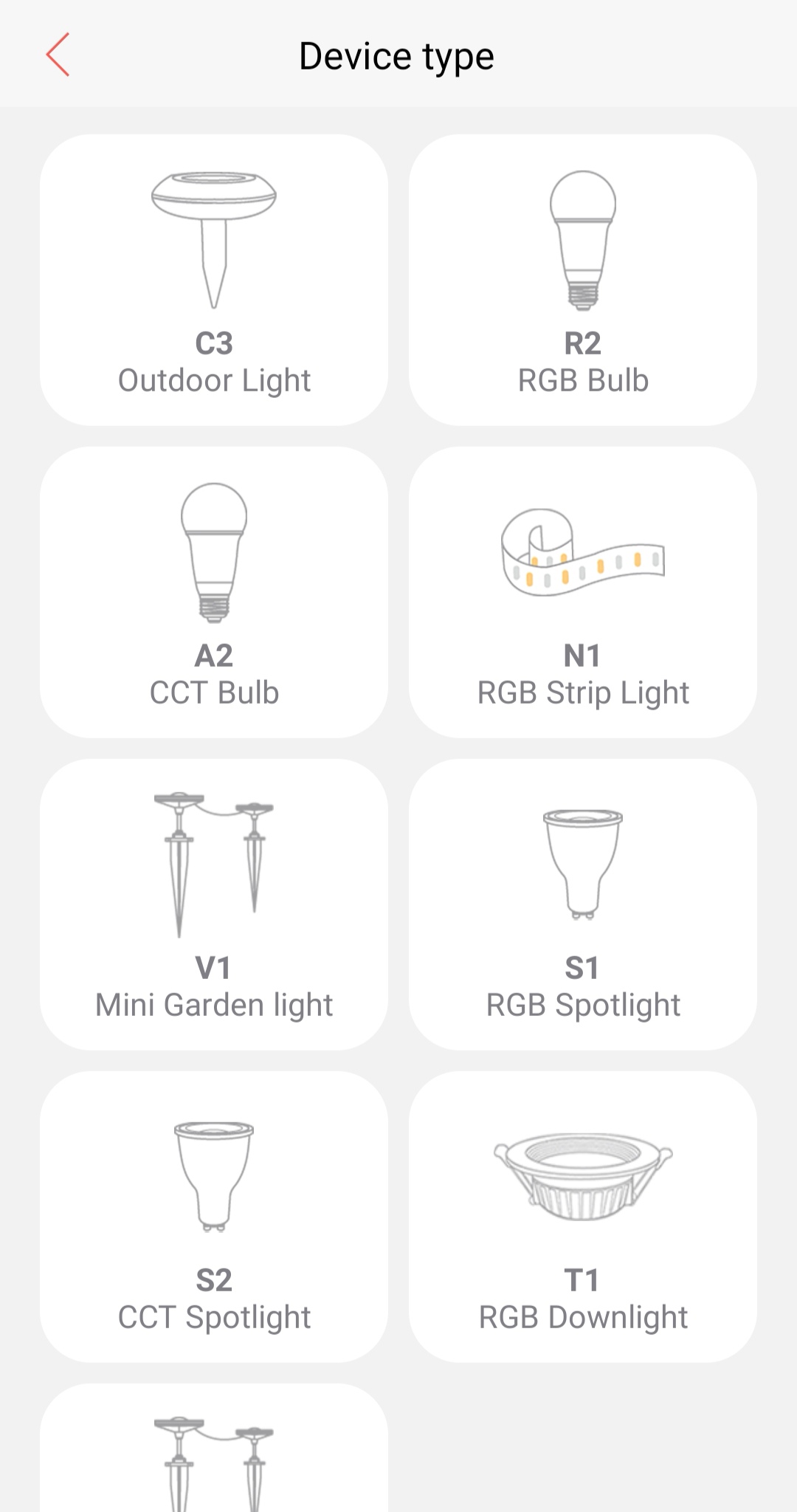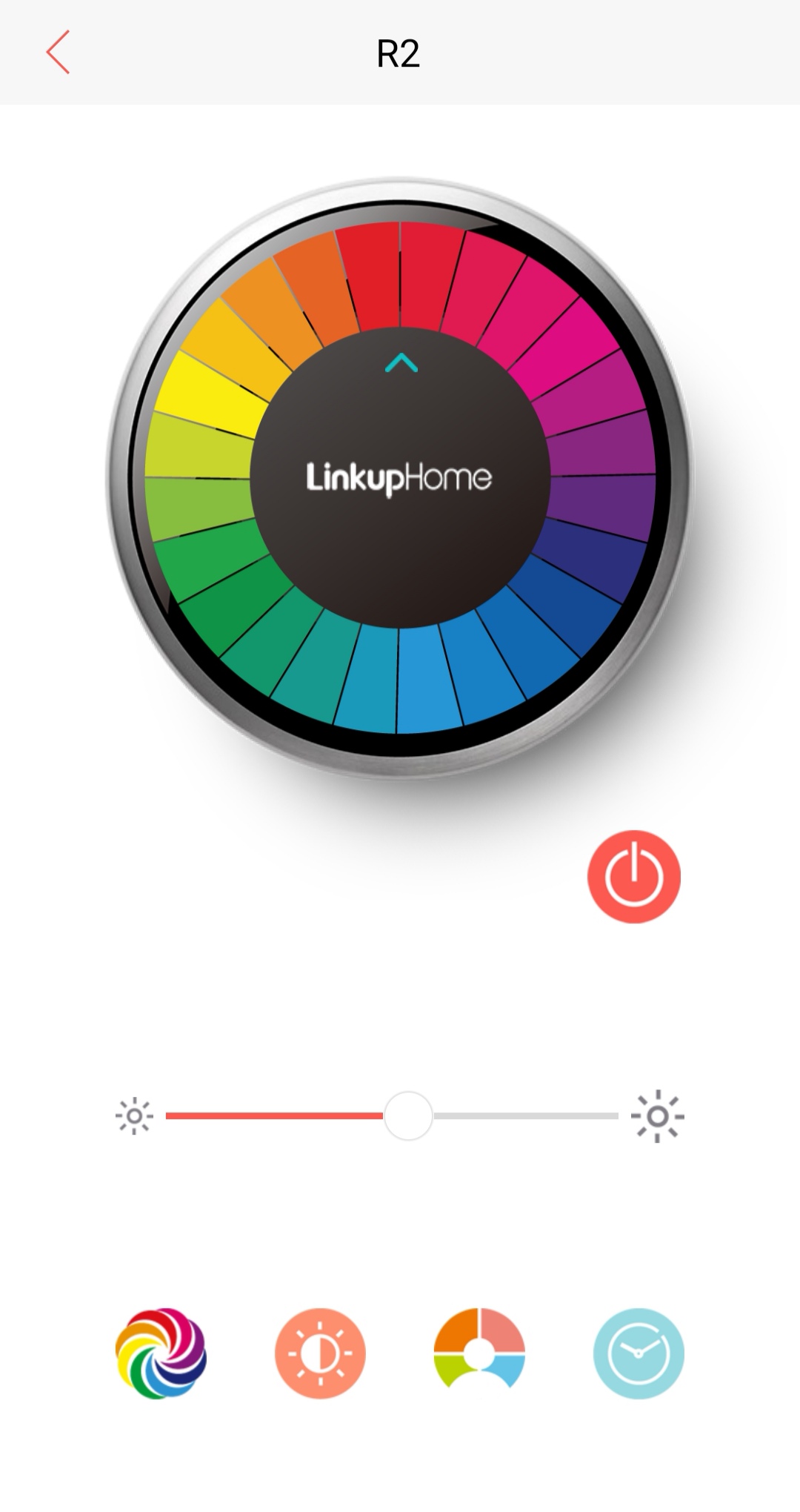
Conceptually speaking, HDR is an abbreviation of the English "High Dynamatic Range" high dynamic range, which originally belonged to a professional term in video shooting and was closely related to the shooting quality of video. In the past few years, it was widely used in the field of smart phones or cameras, and HDR camera modes were basically built into smart phones or cameras. For example, when you want to take a photo of night and night with rich details in dim light, pressing the HDR button on the screen will make you get a clearer picture than usual.
In short, HDR is a technique used to extend the video brightness range. For example: in a real world, the brightness of a place under direct sunlight can reach 300,000 nits, and the brightness of a place where the sunlight is not in the room may be only a few nits, and the starry sky at night even has only 10 negative quarts. To the negative sixth power Nite, such a large range of brightness cannot be fully perceived even by the sophisticated human eye. In the past, TVs in the market generally had luminance capabilities in the cubic range of 1-10, and even if the signal quality was higher, the display would eventually result in the loss of a large amount of luminance information, thereby reducing the quality of the video. In this context, the introduction of HDR into the TV field has also become a logic for pushing the boat.

In a strict sense, HDR is only a standard, and it cannot be understood as a function or a technical means. In order to achieve the HDR standard, companies will provide the market with different levels of products based on their own technical strengths and judgments on consumer demand, and this will also provide space for technology-driven companies such as TCL. In 2016, TCL will implement a complete ecological HDR. It is a complete HDR solution that enables content, hardware, and software to fully meet HDR standards, allowing users to watch HDR standards in real-time.

The first choice is content. HDR TV hardware is powerful. Without content support, it can only be on paper. As a giant company that has been deeply cultivating for many years in the television field, TCL has always been the leading industry in terms of content. On the one hand, TCL is deeply involved with Hollywood. , On-line HDR video resources will be launched in a timely manner through the global broadcast platform; on the other hand, ordinary HDR conversion technology can be used to convert ordinary content into HDR standard content to meet users' real-time viewing needs. It is reported that in the second quarter of 2016, TCL will gradually launch HDR sources on the global broadcast, Tencent video, and Litchi TV video.

On the hardware side, TCL's full 4K HDR technology is a true 4K HDR technology that meets the HDR standard in interfaces, backlights, chips, and screens. First of all, the biggest cost of the whole machine, the screen body using Samsung VA 4K panel, harder than the IPS hard screen brightness, higher contrast. At the same time, dynamic backlight control plus mixed dimming and high color gamut backlight source improve the overall contrast and brightness, and the color gamut can reach NTSC 96% or more. On the chip side, a true 64-bit hardware configuration is used to support H.265/H.264 10Bit 60Hz HDR full decoding. Currently, only true 64-bit chips and underlying systems Android 5.0 and H.265/H.264 10Bit 60Hz decoding can be said. All HDR chip sources can be decoded.

In terms of interfaces, it has the latest USB3.0, HDMI2.0 standard interfaces, and achieves lossless transmission for large bit rate HDR chip sources. The maximum transmission bandwidth of USB 3.0 is up to 5.0 Gbps (625 MB/s), which is 10 times that of USB 2.0 and is compatible with USB 2.0. The transmission bandwidth of the HDMI2.0 interface is increased to 18Gbps, while the transmission bandwidth of the HDMI 1.4 is only 10.2Gbps. The greater bandwidth means that the device supports higher resolution, refresh rate, and more audio and video performance improvements.

In terms of software, the first is a unique innovative real-time HDR conversion technology that converts SDR (normal image quality) to HDR image quality in real-time. It has three core technology patents that allow users to watch ordinary video sources. The effect of HDR is no longer worrying about the HDR source. In addition, the TV uses the latest Android 5.0 system, has smooth manipulation, massive video resources and a wealth of application games.
Smart RGBW bulbs add RGB colorful light based on the traditional warm light, they are suitable for home, bars and offices. No need to install the cable lines again, once the bulb is installed on the lamp holder, just turn on the switch, the traditional lighting can be immediately upgraded to smart RGBW lighting, you can enjoy the convenience and interest brought by smart lighting.
Users can choose the light mode according to time, scene, mood, and also can adjust the brightness, color temperature and color of the light. With the grouping function on the App, each group can control up to 48 products, users can set 7-8 groups on one App, total around 350 products can be controlled via one App. You can set the light turn on / off time by the timing function. Using energy-saving and high-quality LED lamp beads, the light source is stable without stroboscopic, the effective life can be more than 20000 hours. Our LED products can meet global quality standards and pass European testing by TUV Rheinland. Bulbs have certifications such as EMC, RED, LVD, ROHS, REACH, ERP and FCC.
The App are developed on the most advanced Bluetooth Mesh technology. [LinkupHome" App can be downloaded in the App store or Google Player, then you can control our product without any complicate steps. The App is stable, easy control and multifunctional.


The advantages of Bluetooth Mesh are fast connect, low power consumption, no password required and Ad-Hoc Network. No need WIFI and hubs, as long as you have a Bluetooth-enabled smart phone, you can experience the smart light. When you install several smart bulbs, the self-organizing network function can make the signals free connect, break the limitation of distance.
Product Parameters
Description: Bluetooth Mesh RGB Bulb with APP
Bluetooth: CSR Bluetooth Mesh
Control Qty: 1-48 pcs
Control distance: 20m
Product dimension: Dia66mm * H122mm
Material: PC & Aluminum & Nylon
Working Voltage: 100-240V
Frequency: 50/60Hz
Color Temperature: RGB+Warm White (3000K)
LED Power: 9.5W (710lm)
Base Type: E27/E26/B22 available
Warranty: 2 Years
Certification: CE(EMC,RED), ROHS,FCC
Color box size: 15.3*7.4*7.4cm
G.W. of Unit: 0.22kg
N.W. of Unit: 0.18kg
Phone Controlled Light Switch,Phone Control Bulb,Smart Wireless Light,Group Control Bulb
Ningbo Homey Photoelectric Technology. Co., Ltd , https://www.linkuphome.com